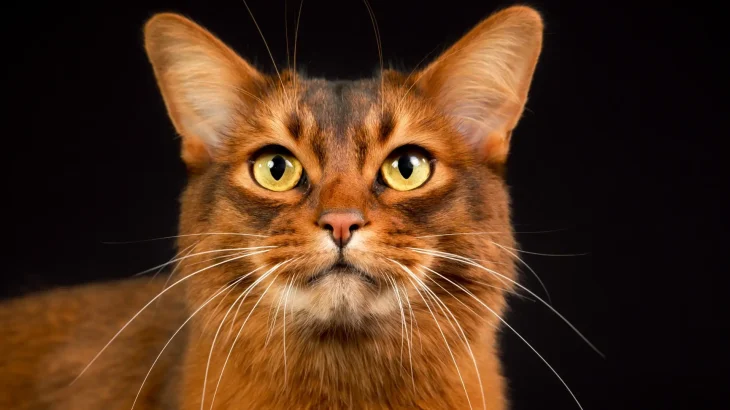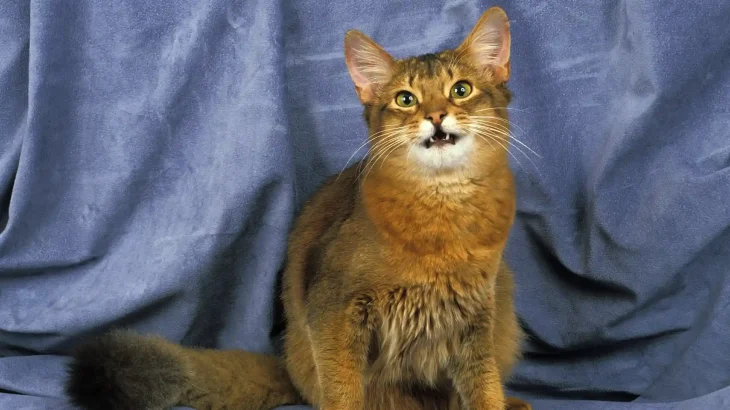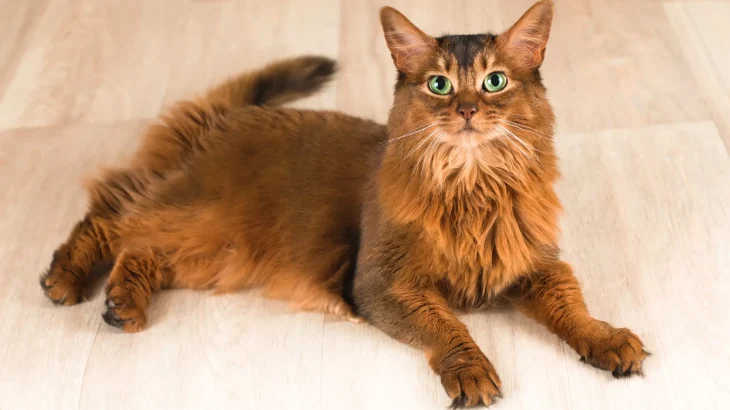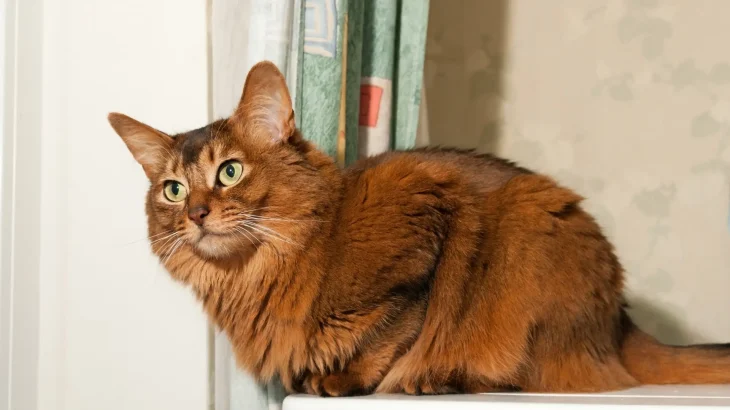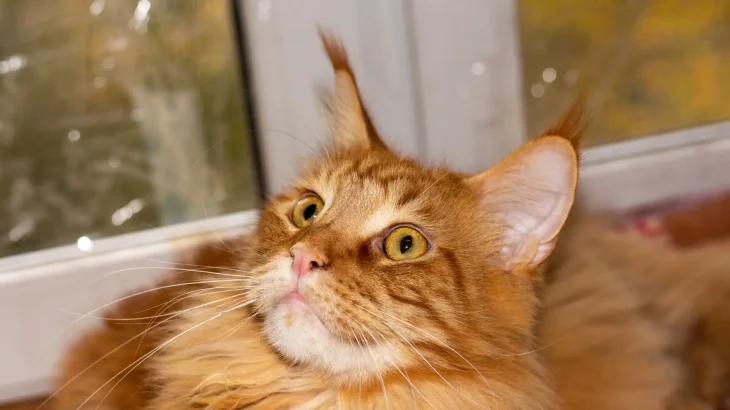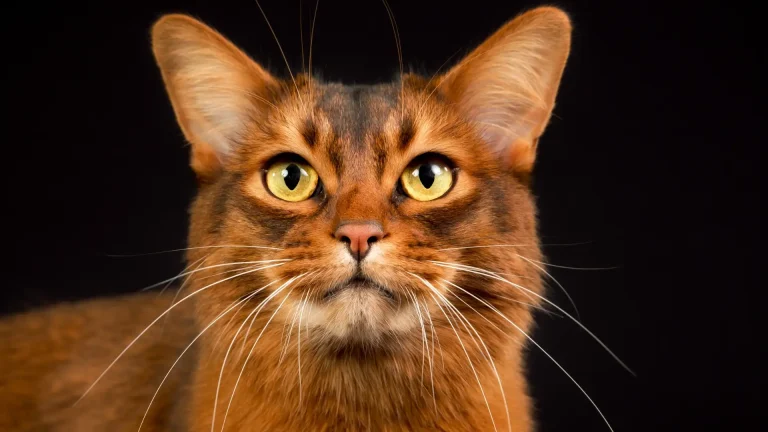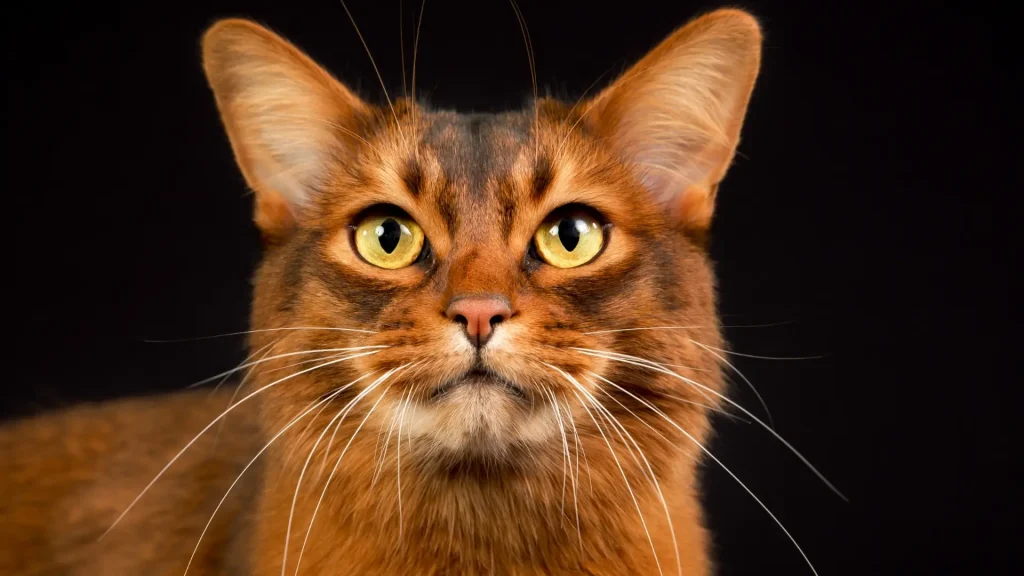Choosing between adopting or purchasing a Somali kitten involves balancing factors such as cost, health assurances, and ethical considerations. While buying from a breeder often provides detailed health history and pedigree, adoption offers a chance to give a home to a cat in need, sometimes at a lower cost.
Adoption vs. Breeder: Pros & Cons
| Criteria | Buying from Breeder | Adopting from Shelter/Rescue |
|---|---|---|
| Cost | Higher initial cost (around $1000-$1500) due to breed rarity and pedigree. | Lower adoption fees, usually $50-$200, often including vaccinations and spay/neuter. |
| Health History | Detailed health records and genetic screening, especially for hereditary conditions like pyruvate kinase deficiency and progressive retinal atrophy. | Health history may be unknown, but shelters perform basic health checks. |
| Age Availability | Primarily kittens, allowing raising from a young age with known background. | Variety of ages, including adults and seniors available. |
| Temperament Insight | Breeders can provide lineage temperament traits and behavior expectations. | Shelter staff offer behavior observations, but full history may be uncertain. |
| Supporting Practices | Supports ethical breeding programs when choosing reputable breeders. | Helps animal welfare by providing homes to cats in need and reducing shelter populations. |
| Breed Purity & Pedigree | Assured breed purity and documentation from breeder. | Breed purity often not guaranteed; Somali-like cats may be mixes or non-pedigreed. |

